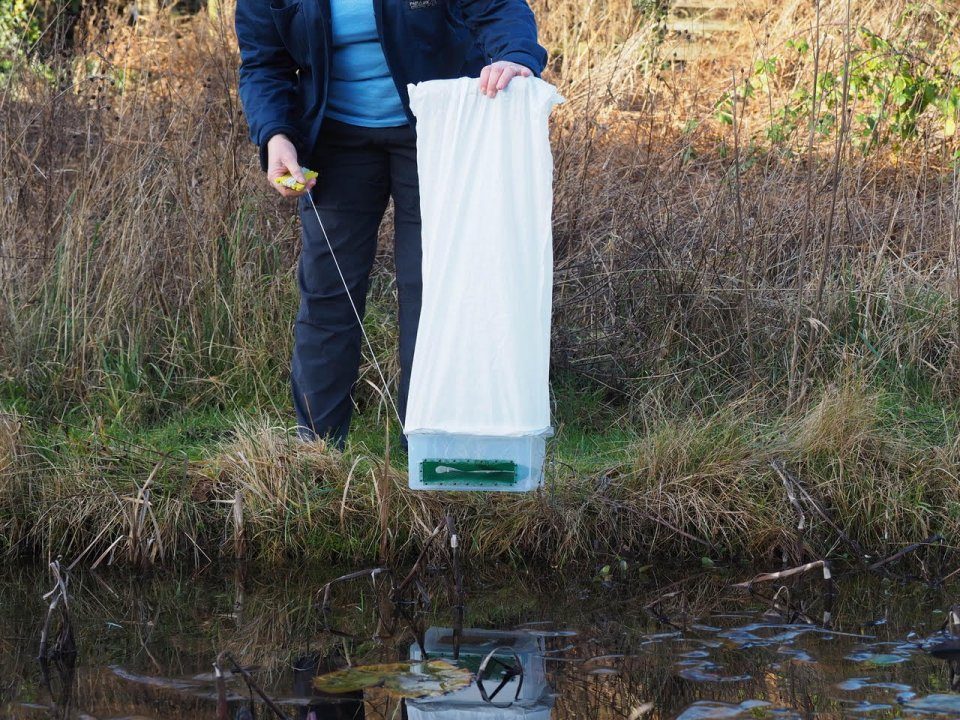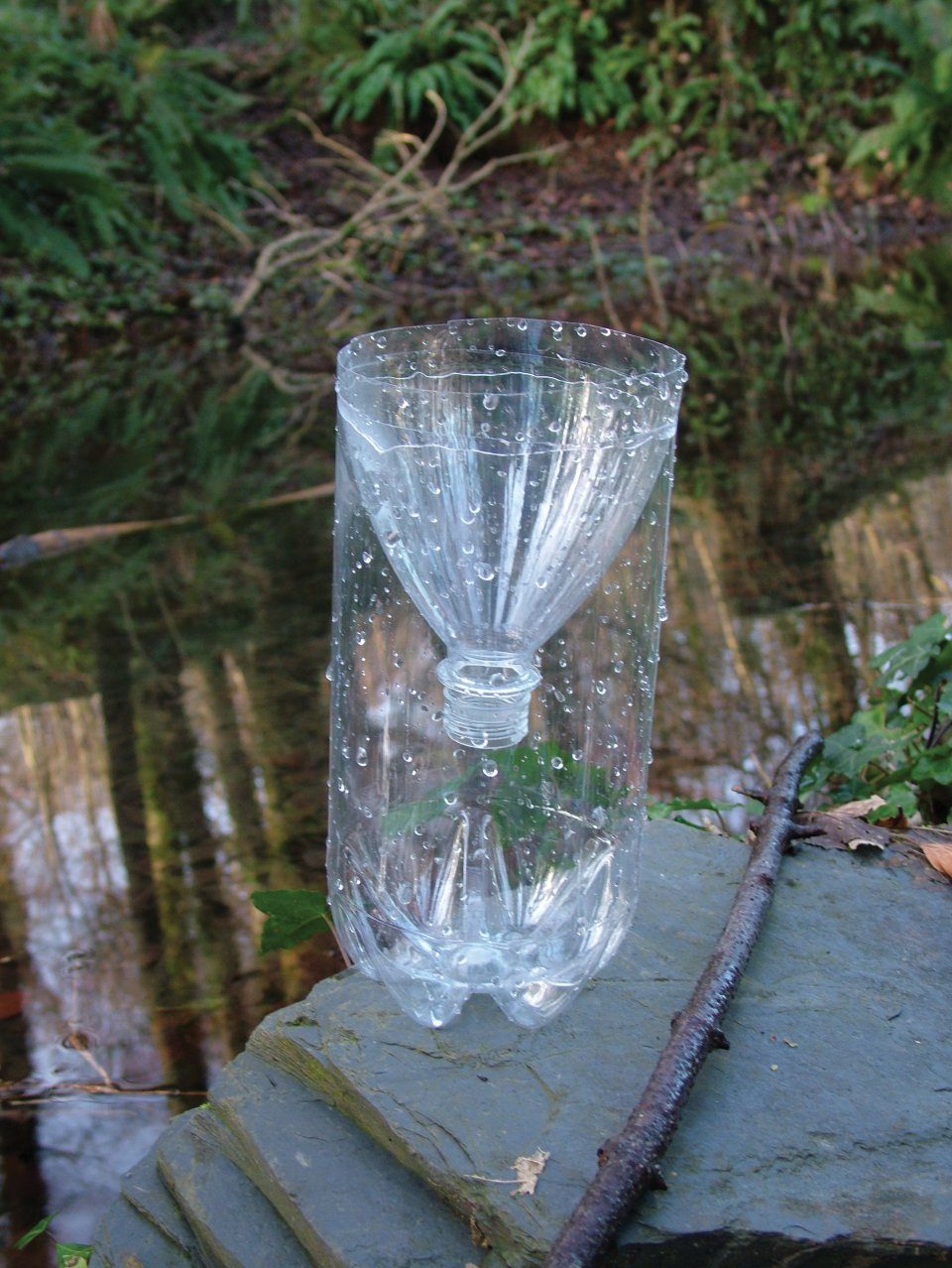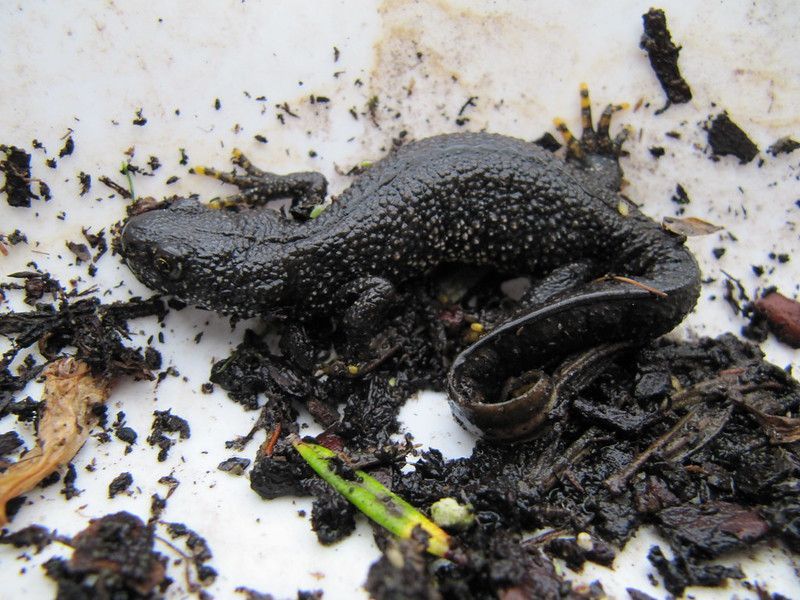
Great Crested Newts are the UK’s most strictly protected amphibian, requiring licensed ecological surveys if a development may affect them. As the first signs of spring emerge, ecologists are preparing for the start of this year’s newt survey season. Below, we have compiled a list of the most common newt survey methods and the equipment needed for each, so that you can ensure you have everything you need as the survey season approaches.
Netting
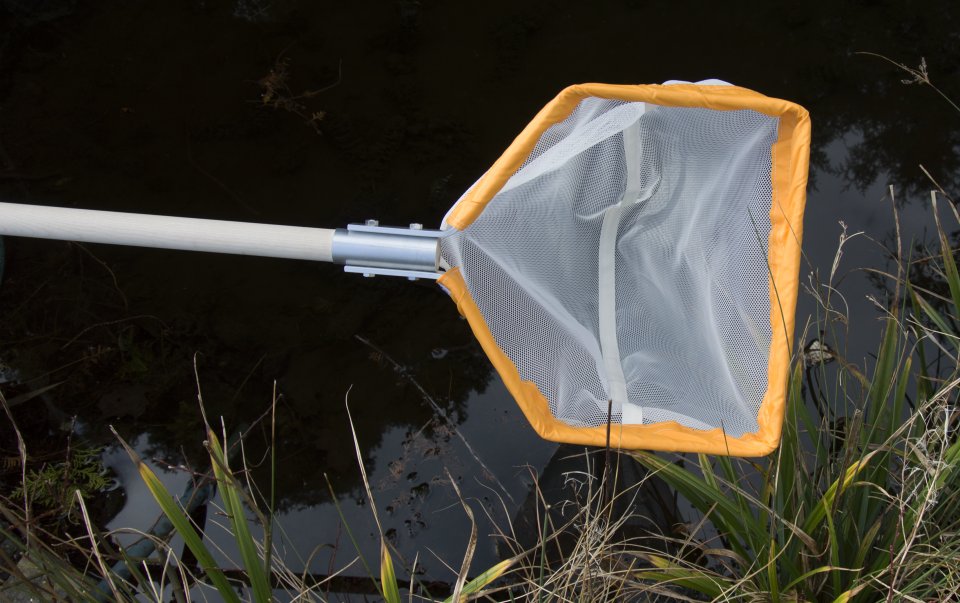
Netting for adult and larval newts can be a useful tool in both survey and relocation. Here at NHBS, we have designed an amphibian net specifically for the safe and efficient capture of newts. The net bag is attached by a wide velcro collar which prevents newts from becoming caught between the frame and the bag. The bag can also be removed from the frame to be disinfected between sites. The seams have been carefully placed so that they do not come into contact with the front edge of the net, and the material of the bag is a soft 2mm mesh. The net head is 300mm wide and comes with a sturdy, wooden 1.2m handle. We also sell a diamond-shaped amphibian net that comes in either standard depth or deep. Its shape is ideal for easy and safe capture for amphibians and is also available in a collapsible frame for easy transport between sites.
Bottle Trapping
Bottle trapping is a popular method of surveying for both detecting and assessing populations. It can, however, become quite labour intensive, especially if you are looking to cut bottles into traps yourself. To save yourself some valuable time, we sell pre-cut bottle traps with the head inverted and ready to deploy. These can be bought in packs of 40 or 120 and are cut from 2L PET bottles with a 28mm neck diameter. Alternatively, we sell the whole bottles if you would rather cut the traps yourself.
Torching
Torching is a less invasive and effective method of counting/observing newts without the need for capturing them. Torches are recommended to be between 500,000 and one million candlepower and need to ideally last several hours at a time. The Cluson CB2 range is very popular among ecologists and provides 1 million candlepower with long lasting battery life and an easy-to-use pistol type grip.
Drift Fencing
Fencing can either be used to temporarily exclude or contain newts in mitigation projects. It can also be used to aid the capture of newts for relocation and is typically a short barrier with the base buried underground. Our Tristar Newt Fencing comes in rolls of 100m, is made of UV stabilised polythene sheeting and tinted green. It is designed to resist weather damage and has a life expectancy of 5 years, making it ideal for temporary mitigation projects during development works. It is easy and simple to put up and can be fixed into place with our soft wood stakes.
Pitfall Traps

Often, pitfall traps are used alongside drift fencing in order to trap and translocate newts in relocation projects. They consist of a container that is buried underground often flush with the edge of drift fencing. Both rectangular buckets and round buckets have been shown to be effective and we supply several options depending on your preferences.
Recommended Accessories
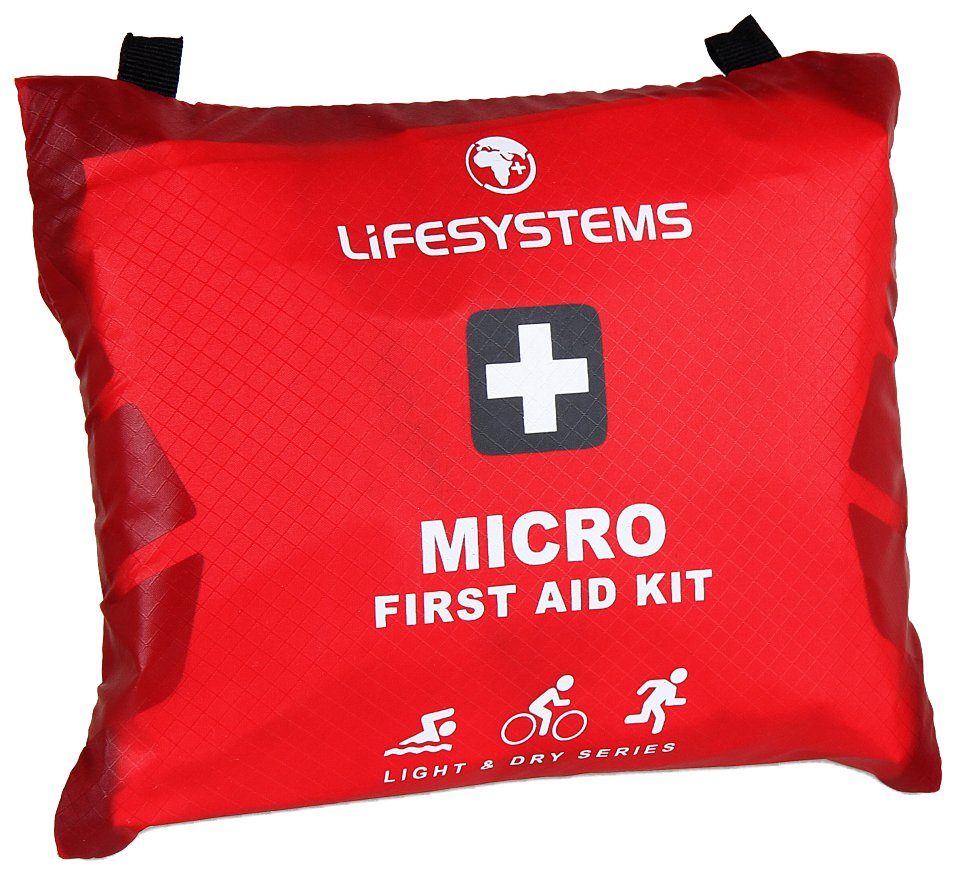 |
 |
| Bamboo Canes | |
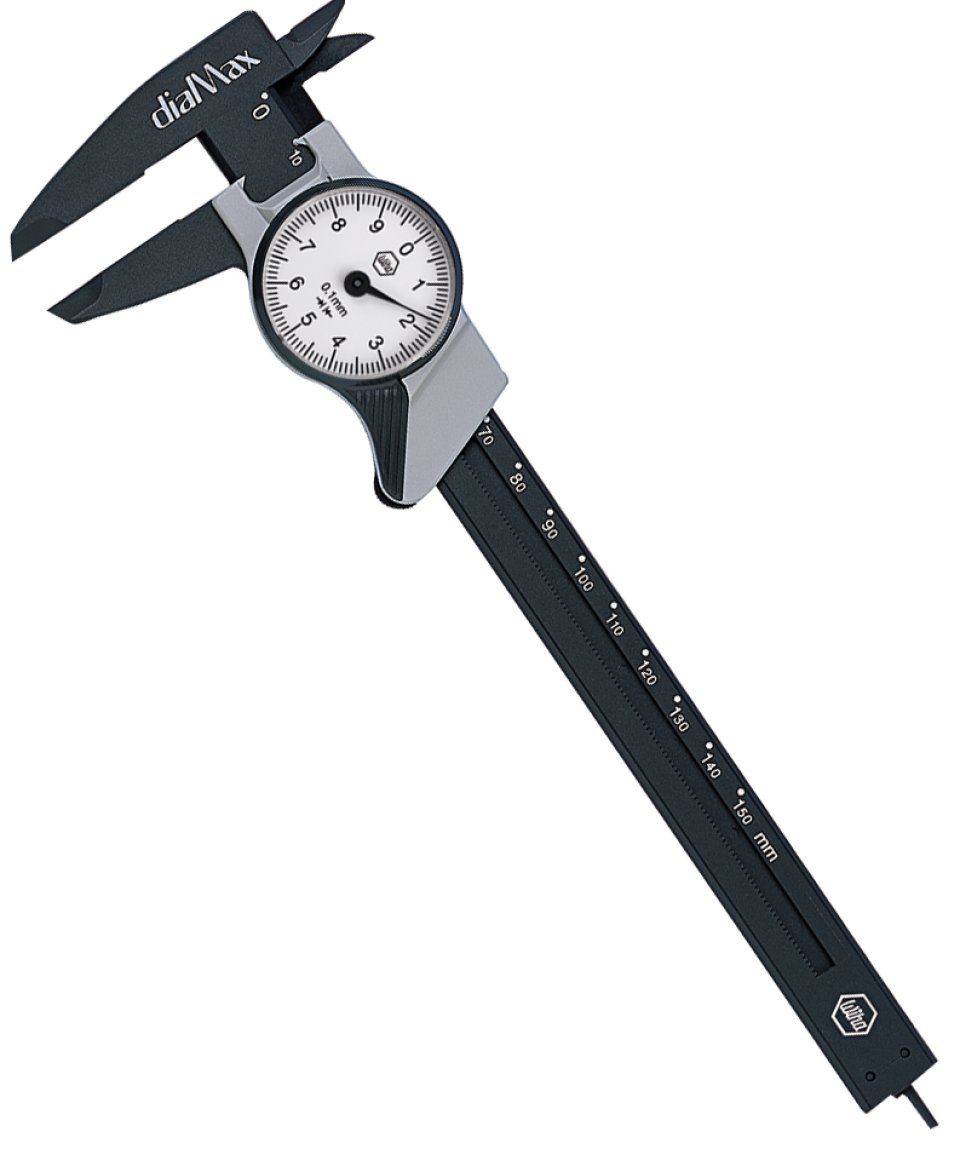 |
 |
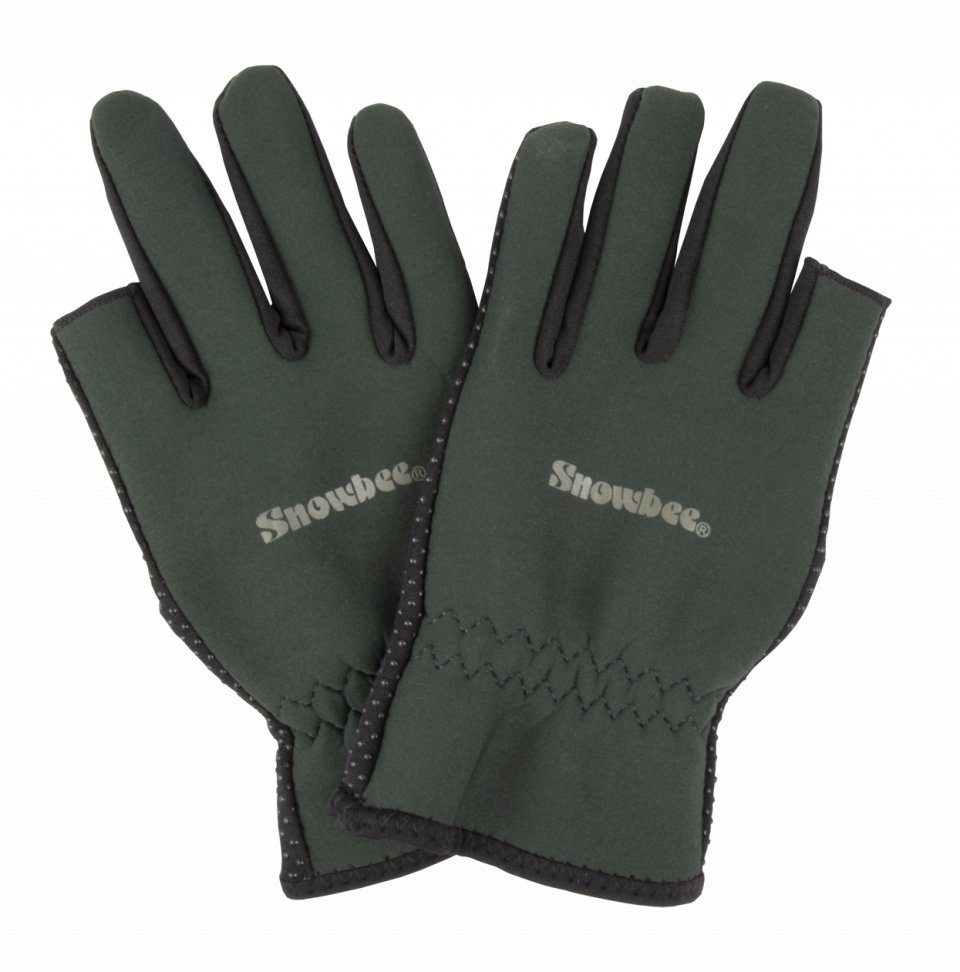 |
 |
 |
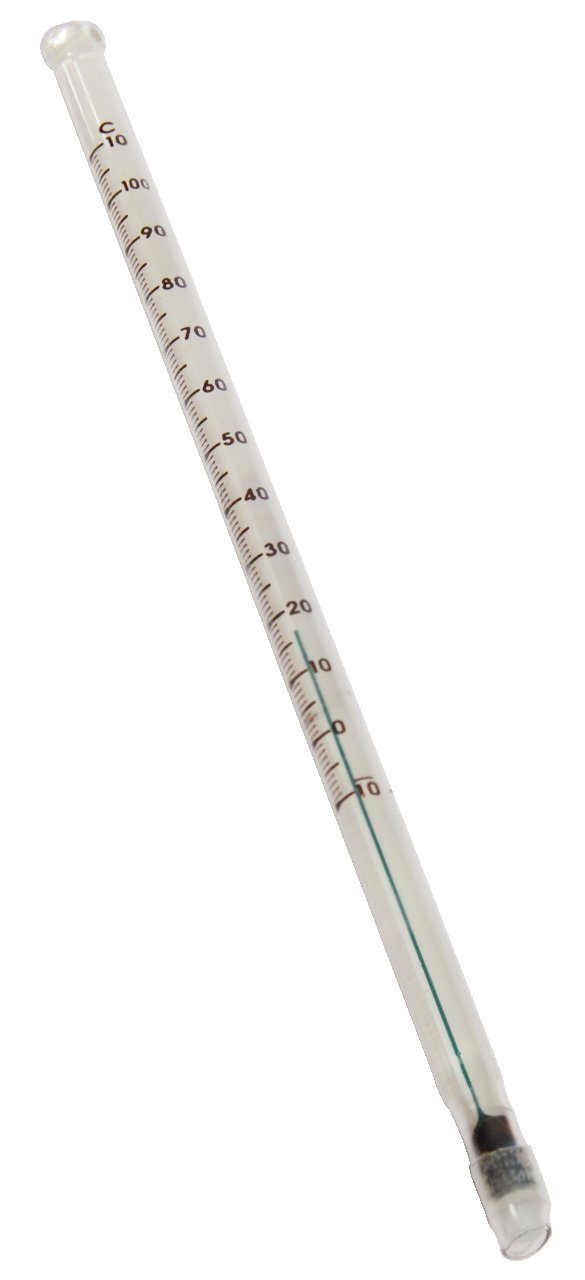 |
| Broad Spectrum Disinfectant Tablets |
A note on licensing
Please note that Great Crested Newts and its habitat are protected by law. Any Great Crested Newt survey work must be undertaken by a licensed ecologist. Different levels of license are required for different survey and mitigation methods. For more information, please visit https://www.gov.uk/government/collections/great-crested-newt-licences#great-crested-newt-survey-and-research-licences

